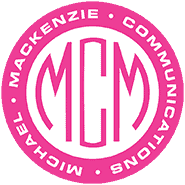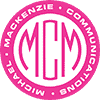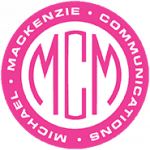I recently received a LinkedIn invitation from a colleague with whom I hadn’t spoken in a while, and curious about his recent work, I visited his LinkedIn Profile. Since we had last worked together, he had started his own marketing firm. I read his “120-or-fewer character” LinkedIn summary, looking forward to learning more. There—right at the end of the summary—the word “marketing” was misspelled “marktng.”
Since misspellings are never a good thing—especially for those who promote their marketing skills—I sent him an InMail message immediately. He responded with a thank you, surprised that he had made an error. A bit later, he followed up with this update:
“That was due to the character limit that LinkedIn places on summaries. I had to shorten it. If it reads as a typo, I will edit it somewhere else.”
Happy to do a friend a favor, I evaluated the verbiage. I found, and sent him, a few easy tweaks that would bring it within the limit and allow all the words to be spelled correctly. That left me wondering how many people use such a shortcut, thinking that an abbreviation, even if non-standard, will be perceived as an acceptable substitute for the actual word.
As a marketing pro that has probably written millions of words in my career, my advice is, “Don’t do it.” One cannot interpret how others will view things, and a mistake is a mistake. In a world where companies and individuals are vying for positive attention, anything that deflects from your “shining star” image should be left on the cutting room floor.
Is it OK to send a text or a message that reads “C U Soon”? Absolutely, because those are commonly accepted abbreviations, and they cannot be misinterpreted. But truncating or randomly removing letters to make something fit is a mistake.
It tells the world, “I care more about meeting requirements than I do about proper English.” Is that what we want the world to think of us?
This post courtesy of Content Manager Jennifer Farwell


